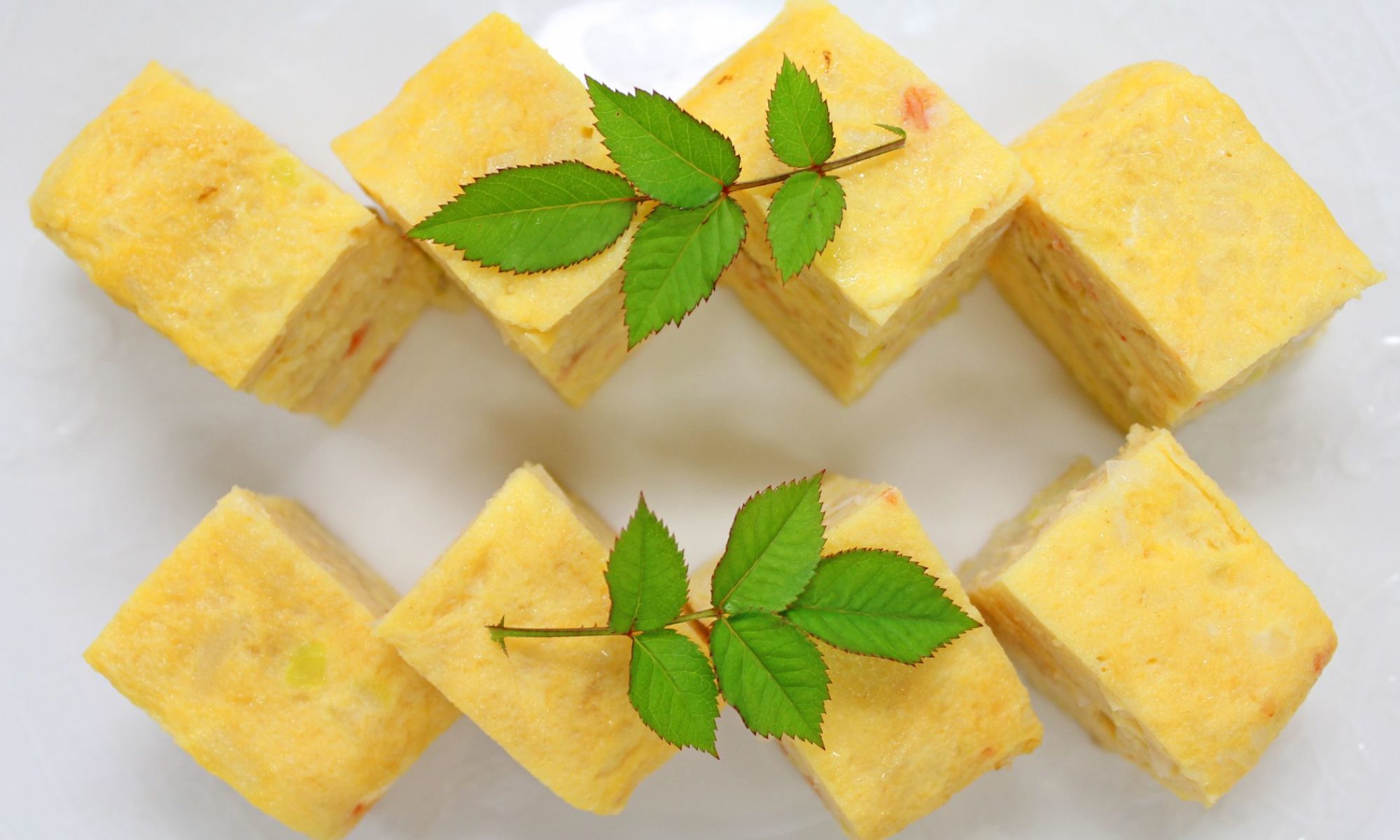Japanese Tamago, often referred to as Tamagoyaki, is a delicious and visually appealing dish that holds a special place in Japanese cuisine. This delectable rolled omelet is a staple in bento boxes, sushi assortments, and breakfast tables across Japan, loved for its delicate texture and subtle sweetness. Making Tamagoyaki is an art in itself, one that requires patience, practice, and a touch of culinary finesse. In this comprehensive guide, we will delve into the nuances of creating this Japanese delicacy, ensuring that even beginners can master the art of making Tamago.
The Origins of Tamagoyaki
Tamagoyaki, which translates to “grilled egg,” has a rich history in Japanese culinary traditions. It is believed to have originated during the Edo period (1603-1868) as a simple yet nourishing meal. Over time, it evolved into a refined dish, with each region in Japan adding its own unique twist. The version most commonly known outside Japan, the slightly sweet and layered omelet, is just one variation among many. Understanding its origins not only adds depth to the cooking process but also instills a sense of appreciation for the cultural significance behind this beloved dish.
Ingredients for Japanese Tamago
The beauty of Tamagoyaki lies in its simplicity. The basic ingredients include:
- Eggs: The star of the dish. Fresh, high-quality eggs will yield the best results.
- Sugar: Adds a subtle sweetness characteristic of many Tamagoyaki recipes.
- Soy sauce: Provides a savory depth of flavor.
- Mirin: A sweet rice wine that enhances the dish’s nuanced taste.
- Salt: Just a pinch to balance the flavors.
For a more authentic experience, consider using dashi (Japanese soup stock) in the mixture. It adds umami and depth, distinguishing professional-grade Tamagoyaki from homemade versions.
Essential Tools
A Tamagoyaki pan, typically rectangular or square-shaped, is ideal for achieving the dish’s signature layers. However, a regular non-stick skillet can also be used with a bit of practice. Additionally, you’ll need a spatula that fits comfortably in your pan to help with the rolling process.
The Art of Making Japanese Tamago
1. Preparing the Egg Mixture
Begin by whisking the eggs in a bowl until completely blended. Then, incorporate the sugar, soy sauce, mirin, and salt (and dashi if you’re using it), ensuring the mixture is uniform. Straining the mixture through a fine sieve can help achieve a smoother consistency.
2. Heating the Pan
Heat your Tamagoyaki pan or non-stick skillet over medium-low heat. The key is to maintain a temperature that cooks the eggs without browning them too quickly. Brush the pan with a thin layer of oil to prevent sticking.
3. Layering the Omelet
Pour a thin layer of the egg mixture into the pan, tilting it to cover the bottom evenly. As the edges start to set, gently roll the omelet towards you, starting from the far edge. Once rolled, push it to the opposite end of the pan. Brush the pan again with oil, pour another layer of egg mixture, lifting the existing roll to let the liquid run underneath. Repeat the rolling process, incorporating the new layer into the existing roll. Continue until all the egg mixture is used.
4. Shaping and Cooling
Once your Tamagoyaki is fully rolled, gently press and shape it with a sushi mat or paper towels while it’s still hot. This helps achieve the iconic rectangular shape. Allow it to cool before slicing to serve.
Variations and Serving Suggestions
Tamagoyaki can be customized in numerous ways. Additions like cheese, spinach, or ham can be layered in for a different taste or nutritional boost. In sushi, a slice of Tamagoyaki can add a sweet and savory element to nigiri.
When serving, cut the Tamagoyaki into bite-sized pieces, showcasing the layers. It can be a standalone dish, part of a bento box, or a side to rice and miso soup for a traditional Japanese breakfast.
Also Read: Japanese Egg Salad Sandwich Recipe: Craft a Delightful Culinary Fusion
Tips for Perfect Japanese Tamago
Practice Makes Perfect: Achieving the perfect roll takes practice. Don’t be discouraged by initial failures; even in Japan, mastering Tamagoyaki is considered an art.
Control the Heat: Too high, and the eggs will brown and toughen; too low, and they won’t set properly. Finding the right temperature is key.
Quality Ingredients: Given the simplicity of the dish, the quality of each ingredient shines through. Use the freshest eggs and high-quality condiments for the best flavor.
Final Thoughts
Tamagoyaki’s charm lies in its simplicity, versatility, and the skill required to perfect it. Each roll you make is a step closer to mastering a culinary art form that has been cherished in Japan for centuries. It’s a dish that invites experimentation and can evolve with your culinary journey. Whether you’re making a quick breakfast for one or a sophisticated addition to a family meal, Tamagoyaki brings a taste of Japan to your table, inviting you to savor each bite with mindfulness and joy.

